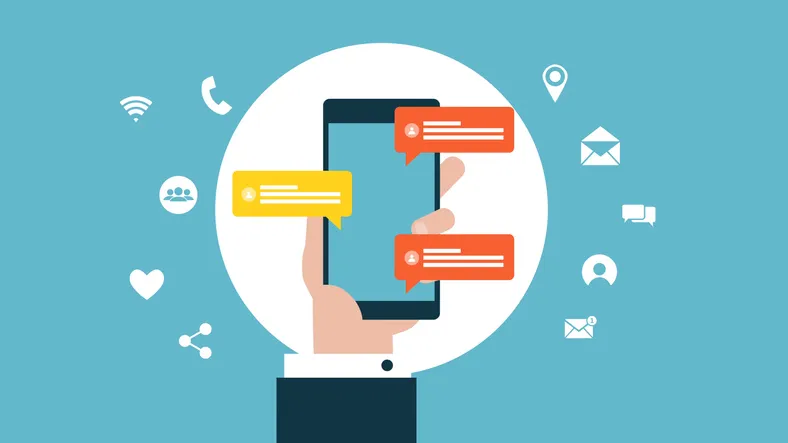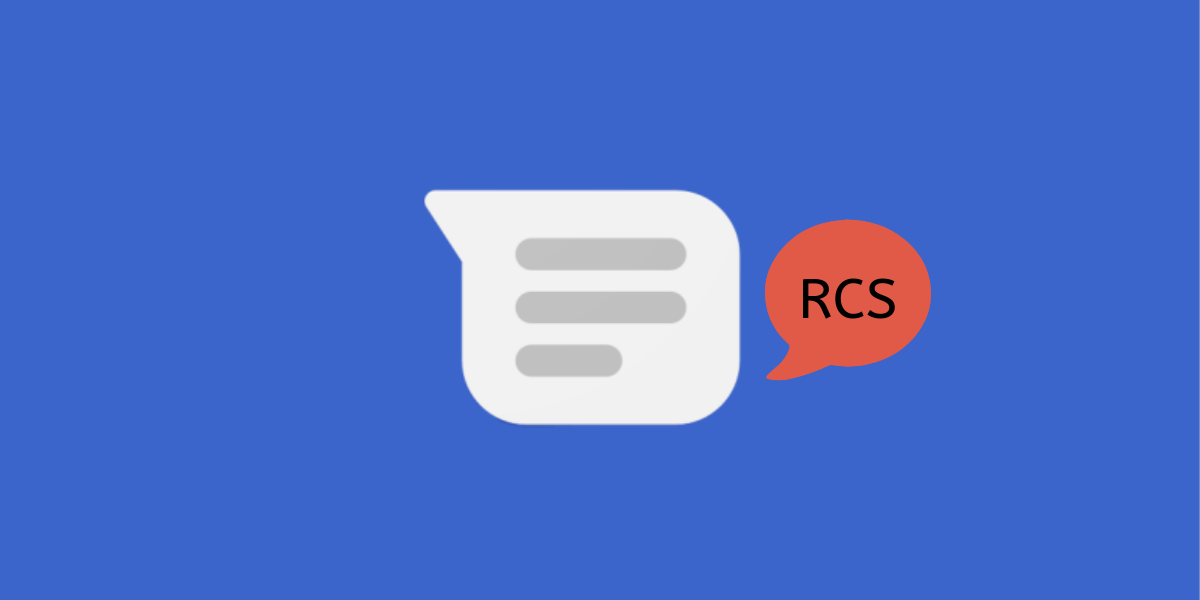A 2019 survey by Harvard Business Review highlighted the increasing importance of mobile messaging, a trend expected to continue in the future. The advent of RCS Business Messaging signifies a notable step forward.
RCS messaging stands as a long-anticipated upgrade to traditional SMS.
RCS is not merely an evolution but a revolution that has been over a decade in the making. It heralds a new era in mobile messaging. It promises great advantages for businesses in comparison to the traditional Short Message Service (SMS). Unlike the aging SMS, which is over 25 years old, it brings a fresh perspective. It offers a long-awaited upgrade that aligns more closely with contemporary user expectations. Projections indicate that RCS will experience remarkable annual growth. It will reach a 290 percent increase and culminate in an annual volume of 56 billion RCS messages by the end of 2023.
In this article, we will examine the impact of Rich Communication Services (RCS) on businesses.
RCS and Businesses
RCS, short for Rich Communication Services messaging, represents an advanced iteration of SMS messaging. It incorporates higher-level, sophisticated in-message tools for users.
For businesses and brands, the adoption of RCS presents the potential for a more interactive mode of communication. This anticipation is well-founded, considering that consumers are exhibiting a notable interest in this new channel. Research indicates that almost 80% of consumers find RCS appealing. 74% expressed that it would increase their likelihood of engaging with a brand.
Key Advantages of RCS for Businesses
Personalized and Branded Interaction
RCS empowers businesses to deliver messages with graphical branding directly through the default messaging app on Android phones. This level of personalization contributes to a more visually engaging and branded interaction with consumers.
Global Ubiquity with Enhanced Features
A noteworthy point is the smooth integration of global ubiquity and efficiency from SMS with the rich multimedia features seen in popular chat apps like WhatsApp and Facebook Messenger. Referred to as “SMS 2.0,” RCS blends the best of both worlds, allowing businesses to utilize engaging messaging styles. This includes GIFs and emojis to connect more meaningfully with customers.
Strategic Integration with Business Operations
Case studies of early adopters, such as Citi, UnoTV, Overstock, and Subway, provide real-world examples of how businesses can strategically integrate RCS into their operations. Citi, for instance, offers credit card and retail bank customers the ability to check balances and transaction histories through RCS.
In February 2018, Subway tried a new way of sending messages called RCS to some customers. They found that more people used the special offer they sent using this technology compared to the same offer sent as a regular text message (SMS). It uses smart technology to suggest good deals to customers based on where they are and the time of day, and Subway took advantage of this feature.

Papa John’s, a popular pizza chain, also tried this RCS messaging. They used it to tell customers about their vegan pizza menu for World Vegan Day in 2019. The messages had options for customers to reply, buttons to click, and interesting pictures. This campaign led to a 23% increase in sales compared to when they used regular SMS messages. Some Papa John’s stores even ran out of vegan pizza because so many people ordered it. The Marketing Director at Papa John’s in Great Britain said that RCS provides a more interesting experience for customers, with interactive content and pictures, giving customers more choices.
Evolution of Communication Channels
While the use of email won’t diminish, the content, voice, and characteristics of emails need to evolve based on the next generation of users and purchasers. This insight suggests a broader shift in the way businesses approach communication. It emphasizes the need for continuous adaptation to consumer preferences.
The platform’s unique combination of global reach, multimedia features, and consumer appeal positions it as a valuable tool for businesses aiming to enhance customer interactions and build brand loyalty.
No Unnecessary Hassle
RCS messaging isn’t just for businesses; it’s also easy and efficient for consumers. Unlike emails that people might ignore or apps that need constant downloading and updating, RCS comes already installed on Android phones. It’s effortless for consumers to use; there are no extra steps required. All Android phones have rich messaging features, and even older models can get RCS by downloading it from the Google Play store. This means hundreds of millions of people worldwide can use RCS, and that number is expected to grow. As of November 2019, this technology was available through 81 carriers in 55 countries, and by early this year, it’s predicted to be available through more than 100 carriers.
RCS business messaging changes how businesses talk to customers. Using it helps businesses make friends with customers, get more people interested, and provide faster customer help. It’s a smart choice for businesses aiming to do well in today’s tough competition.
And when you are ready to make the leap into RCS campaigns, let’s chat. We are here to help you build a conversational messaging campaign that your customers will love!

















